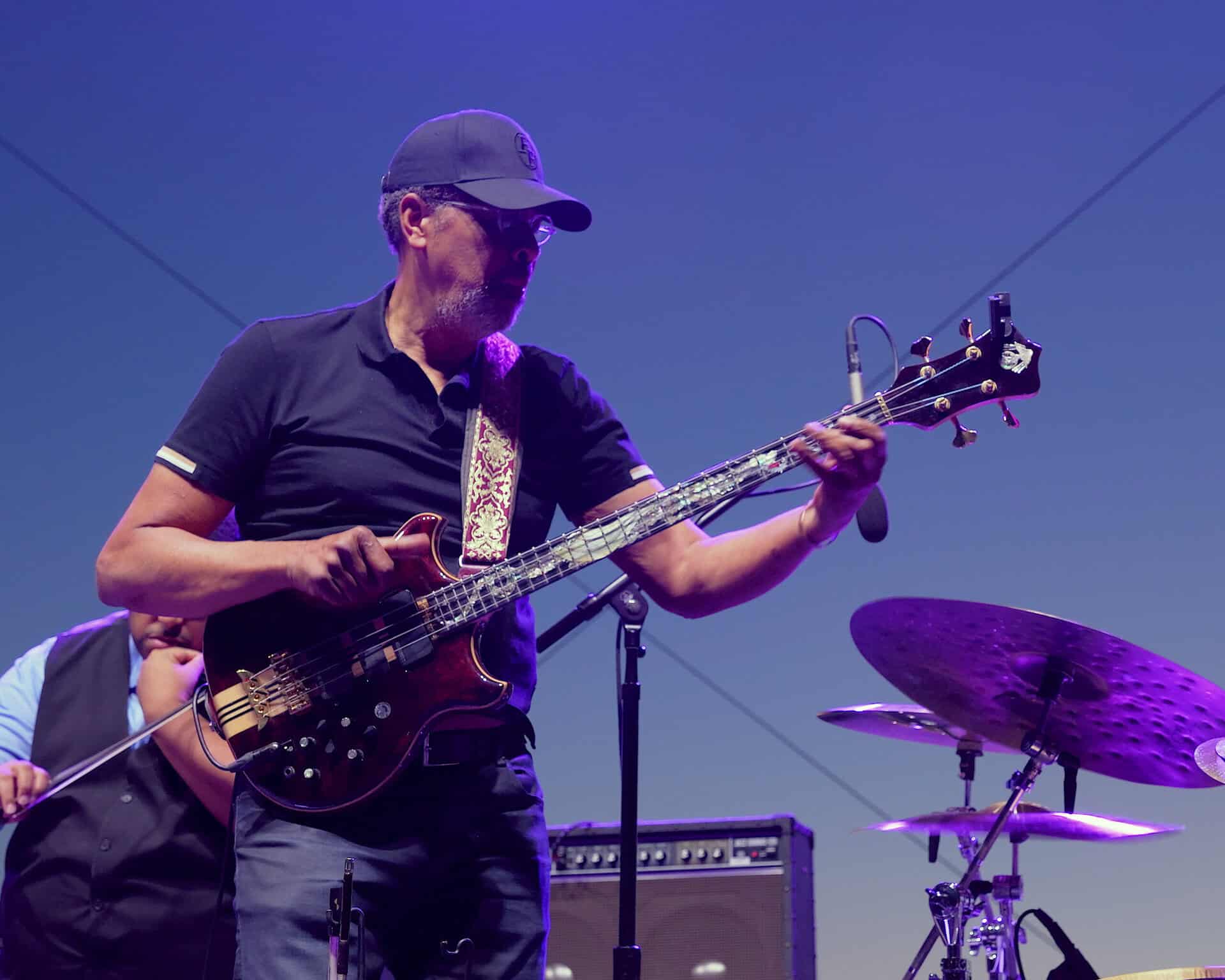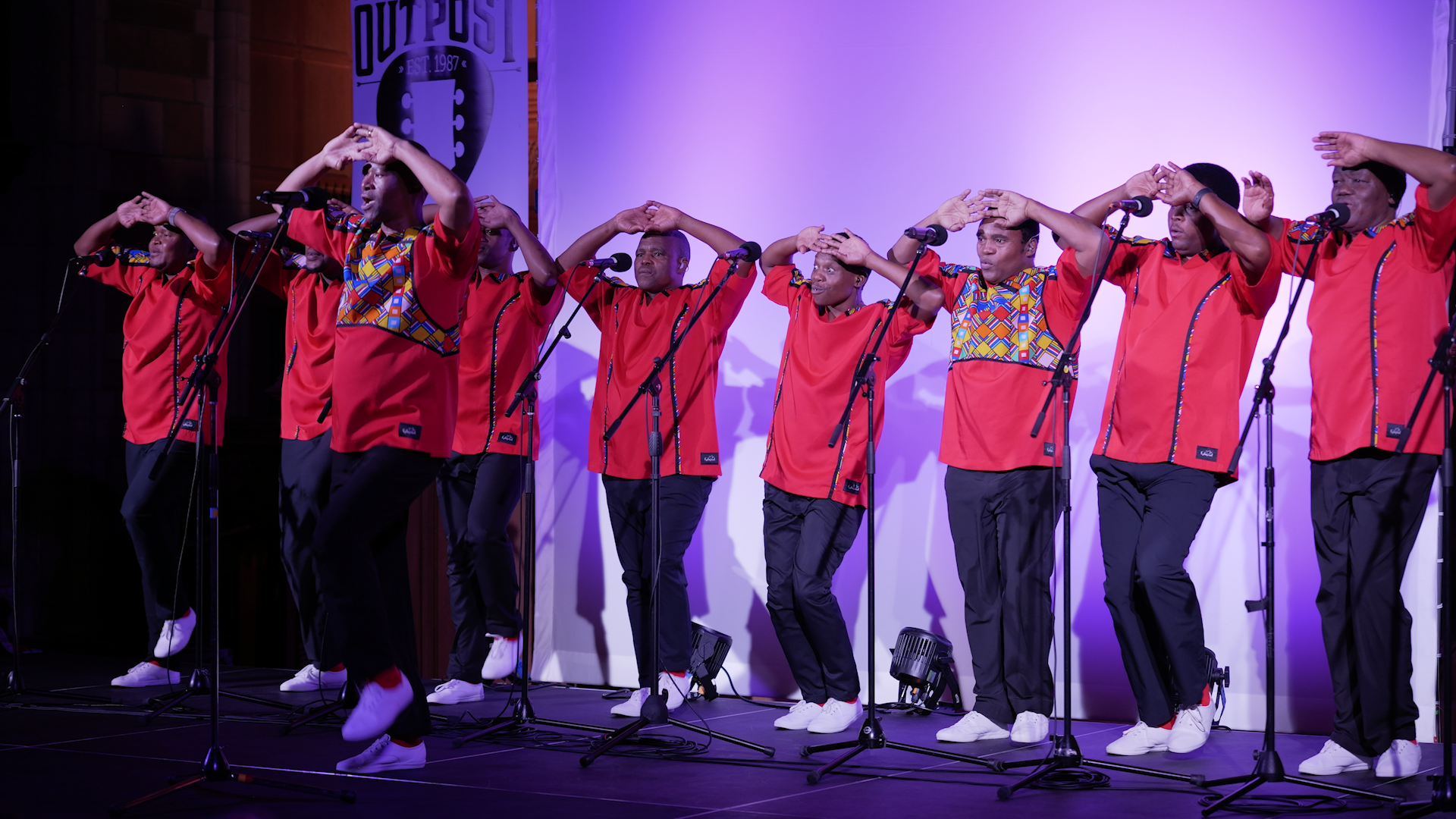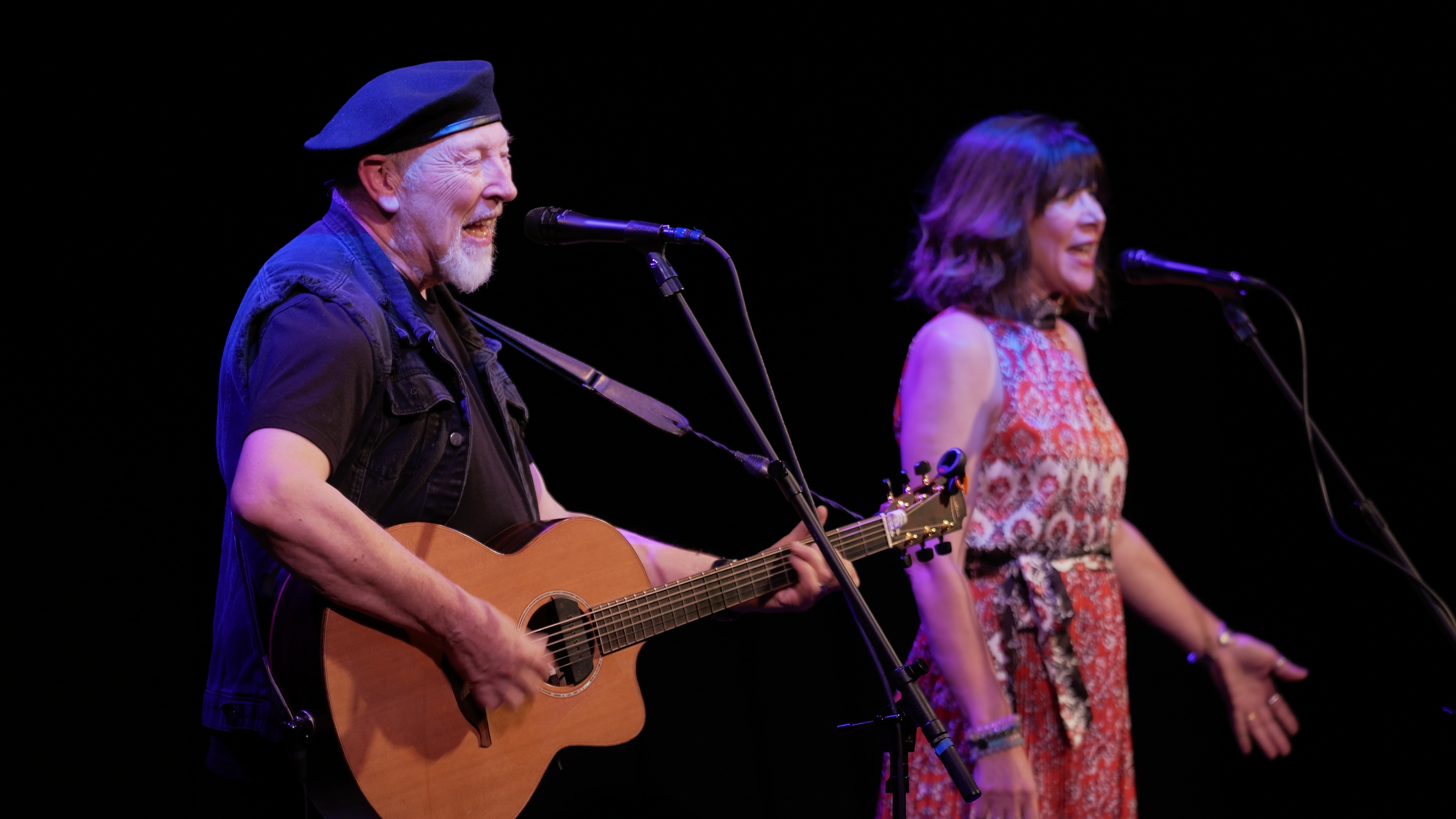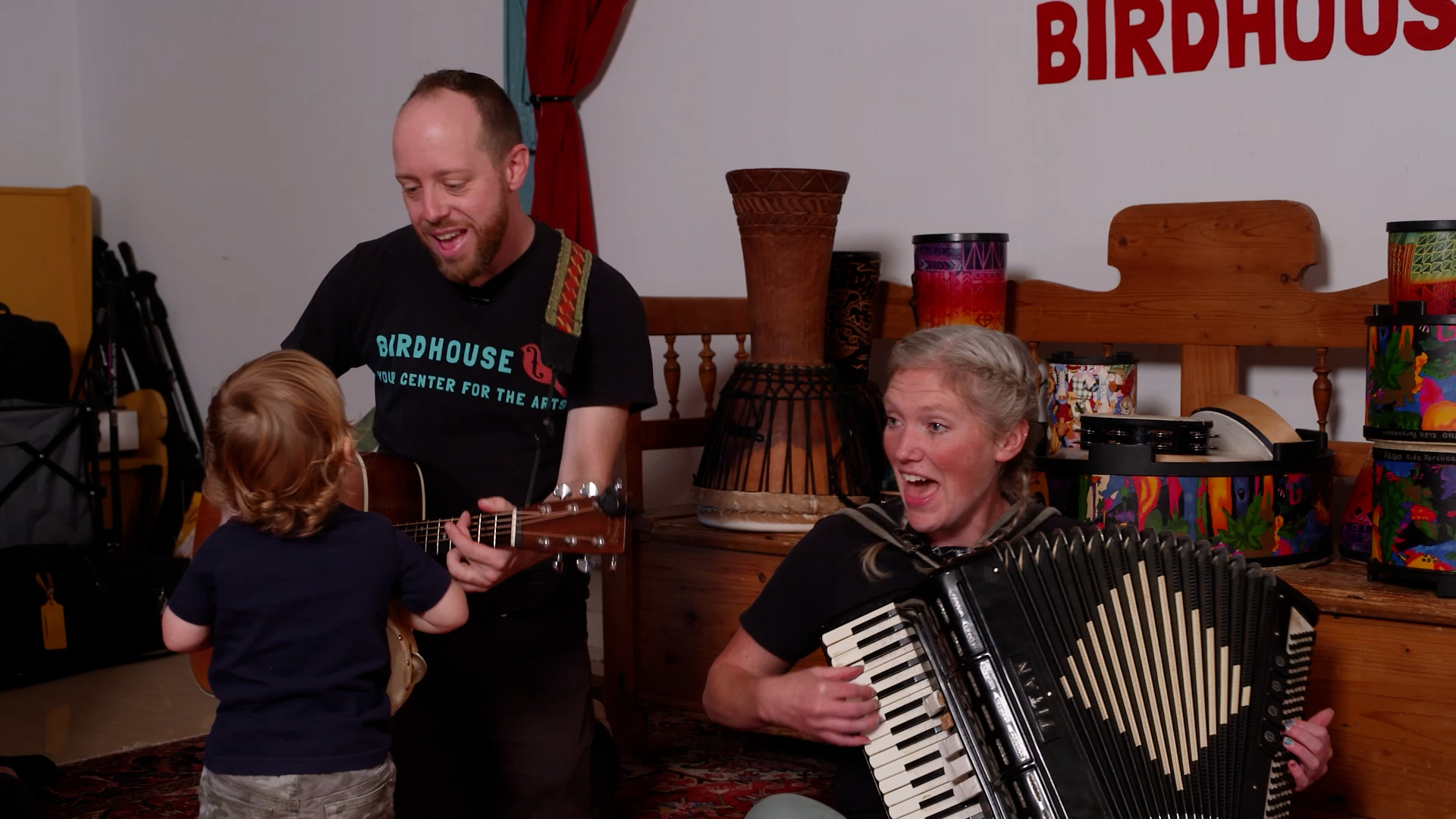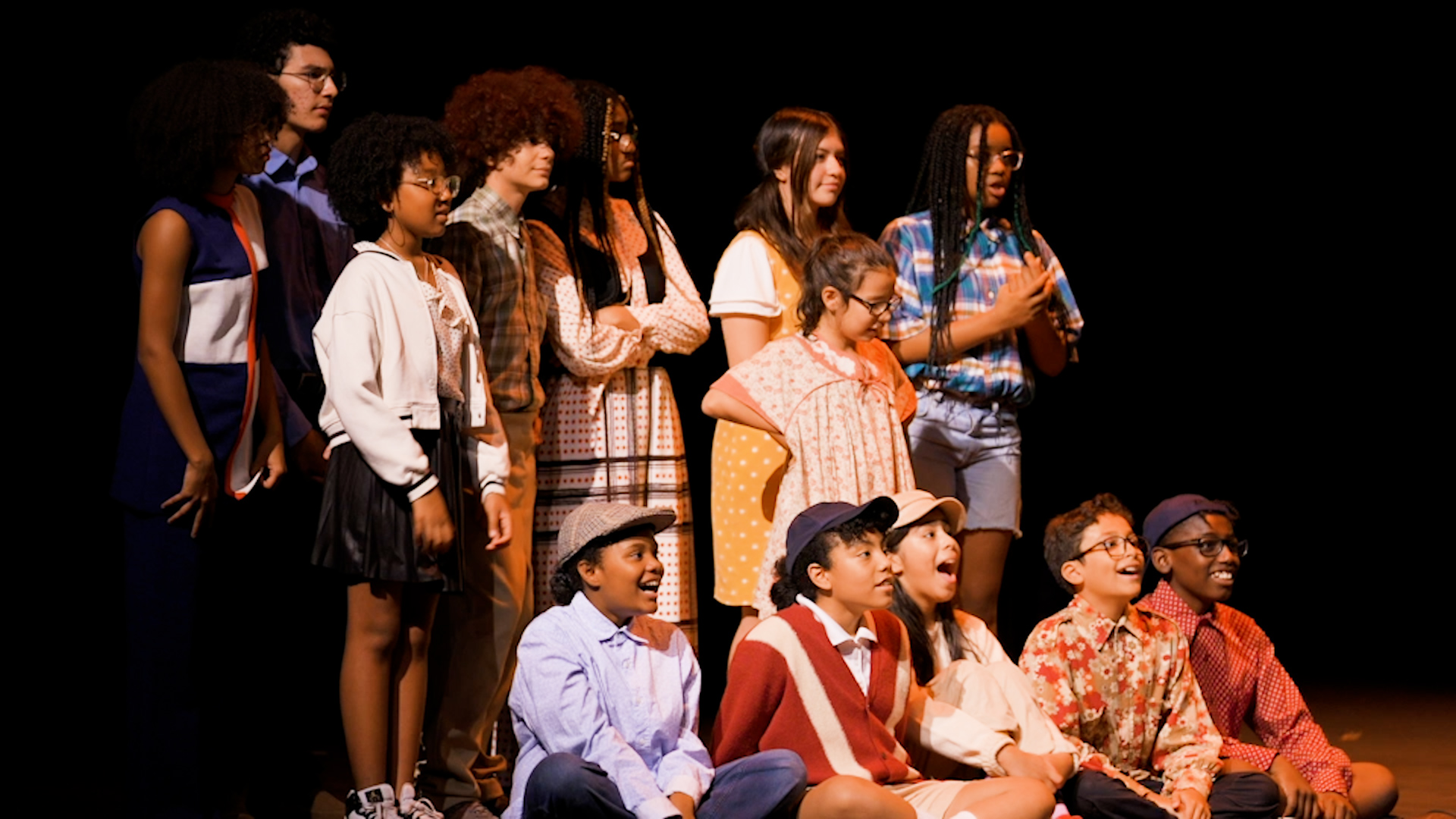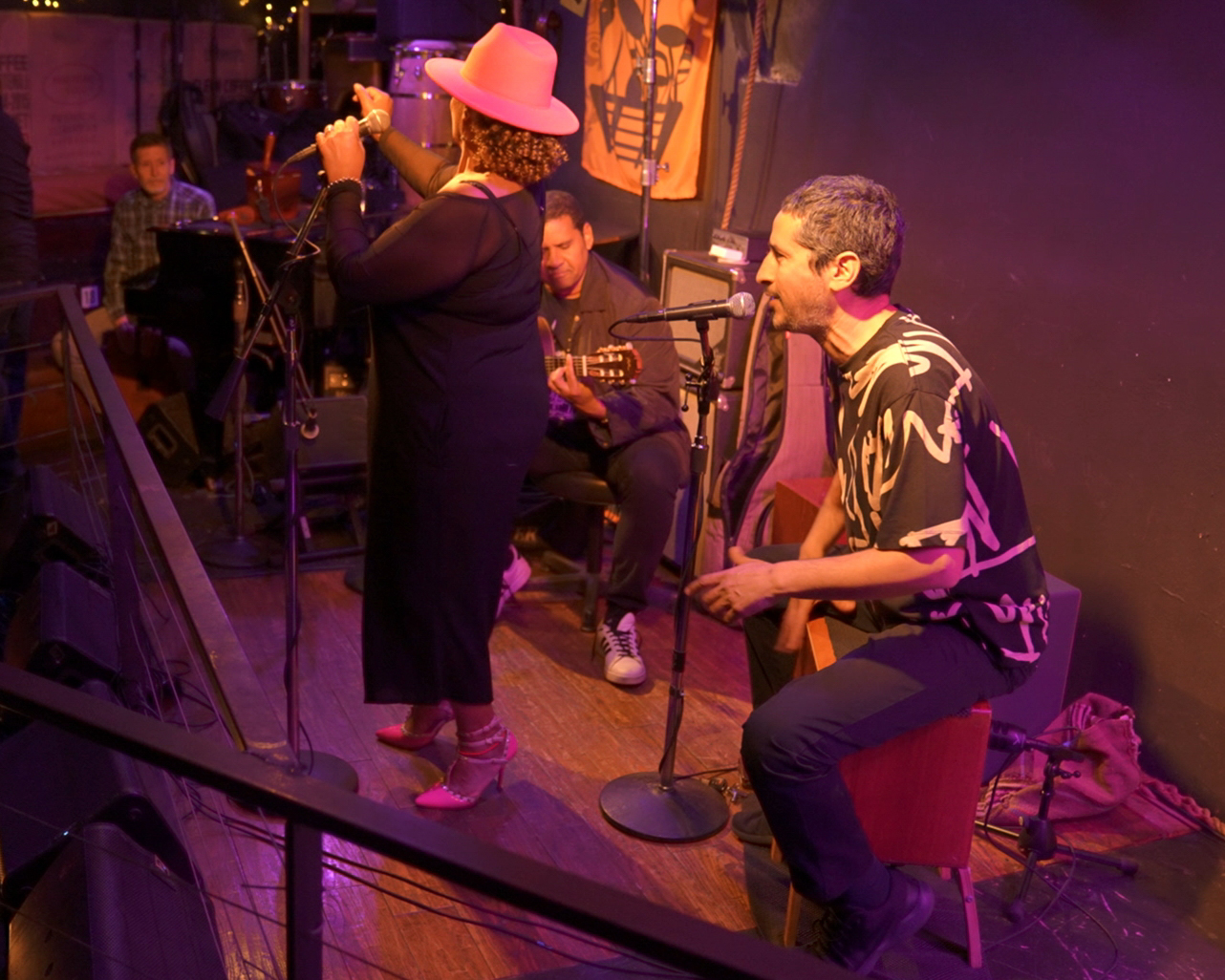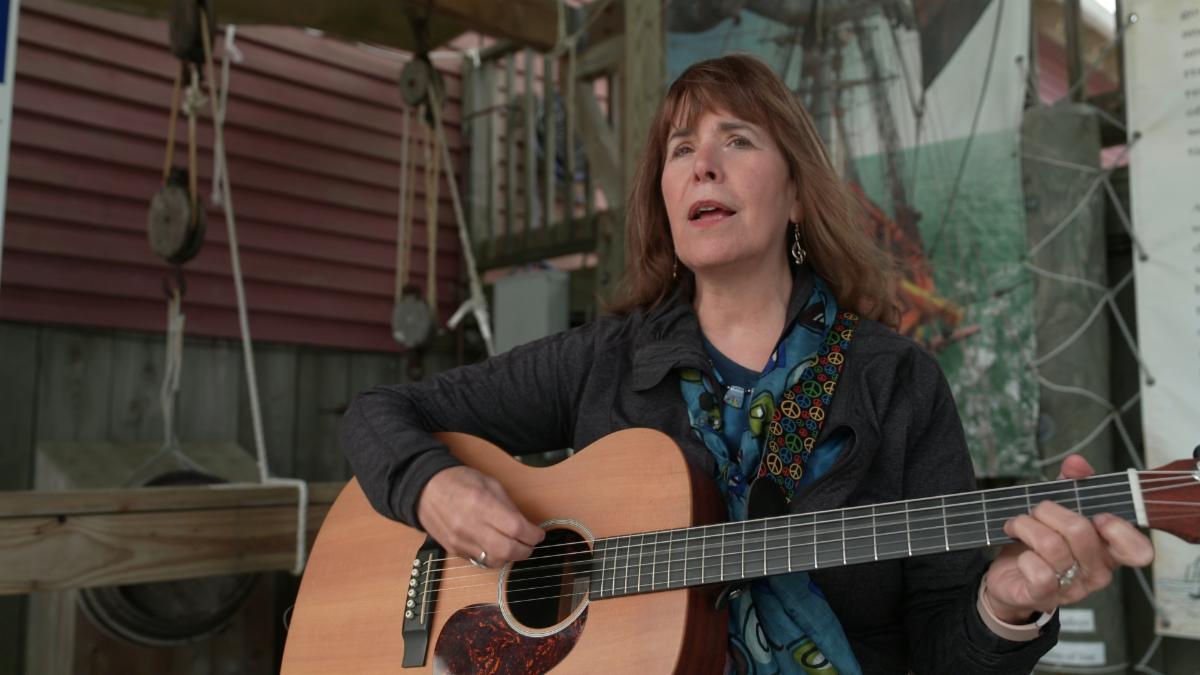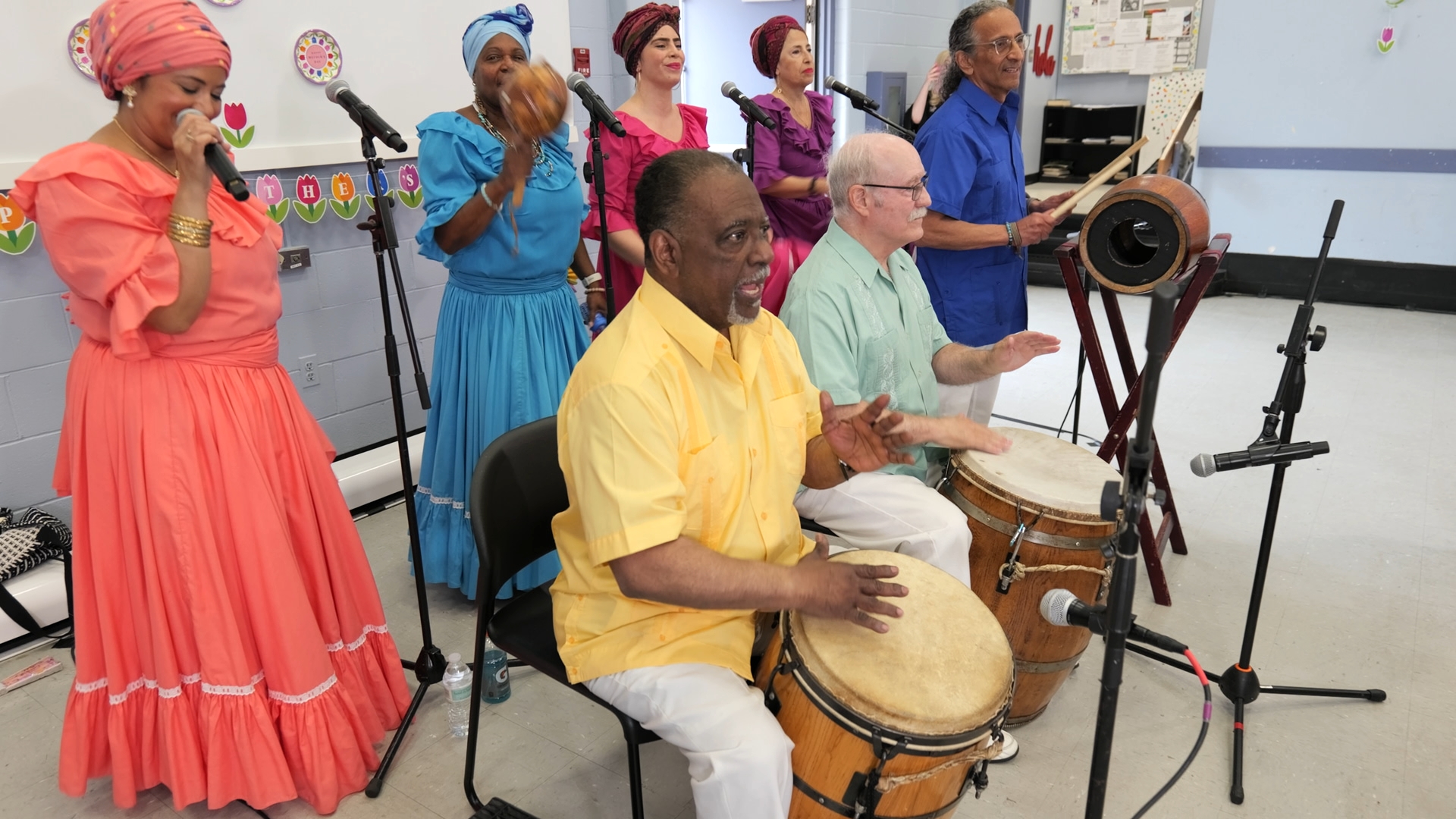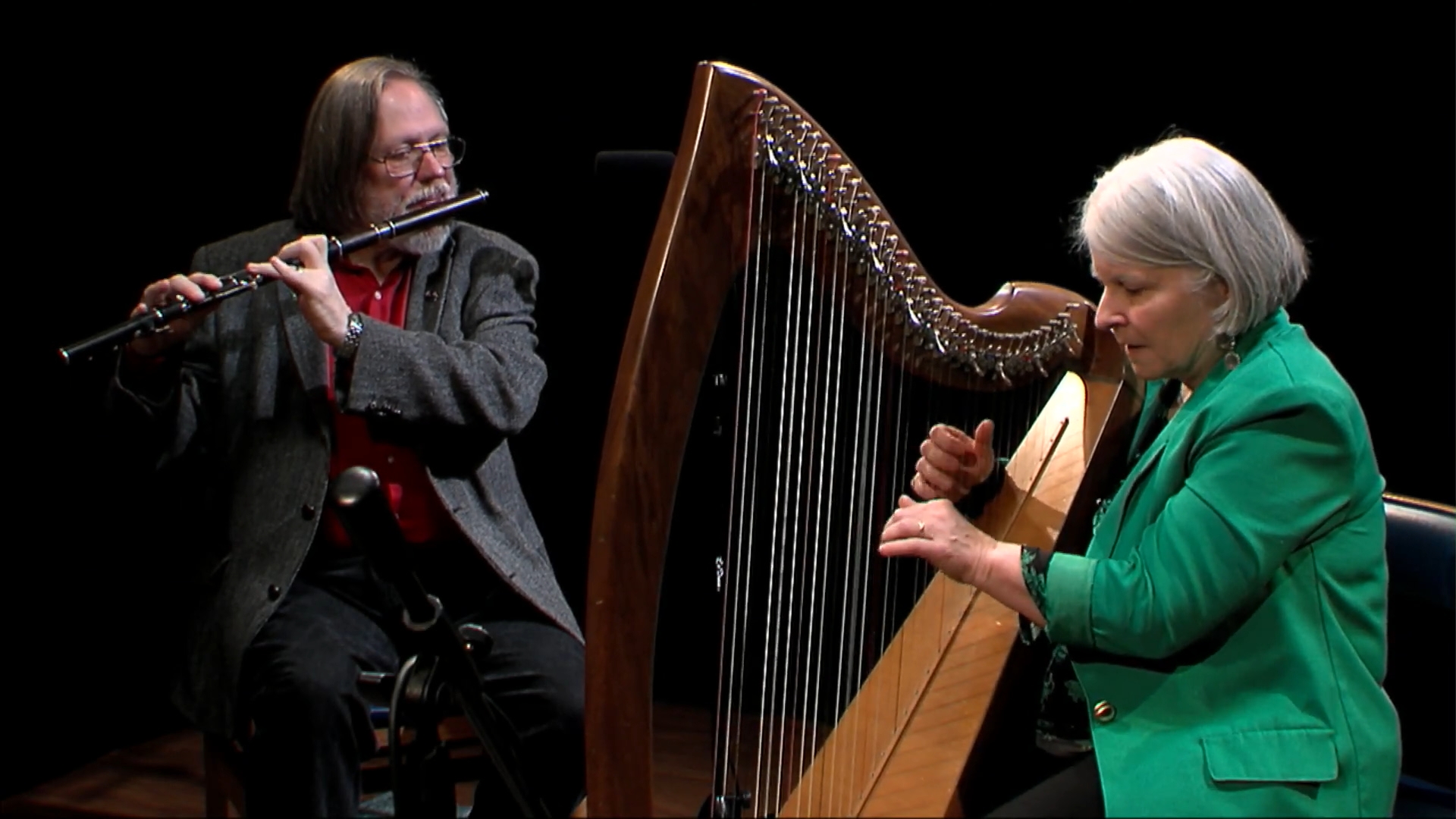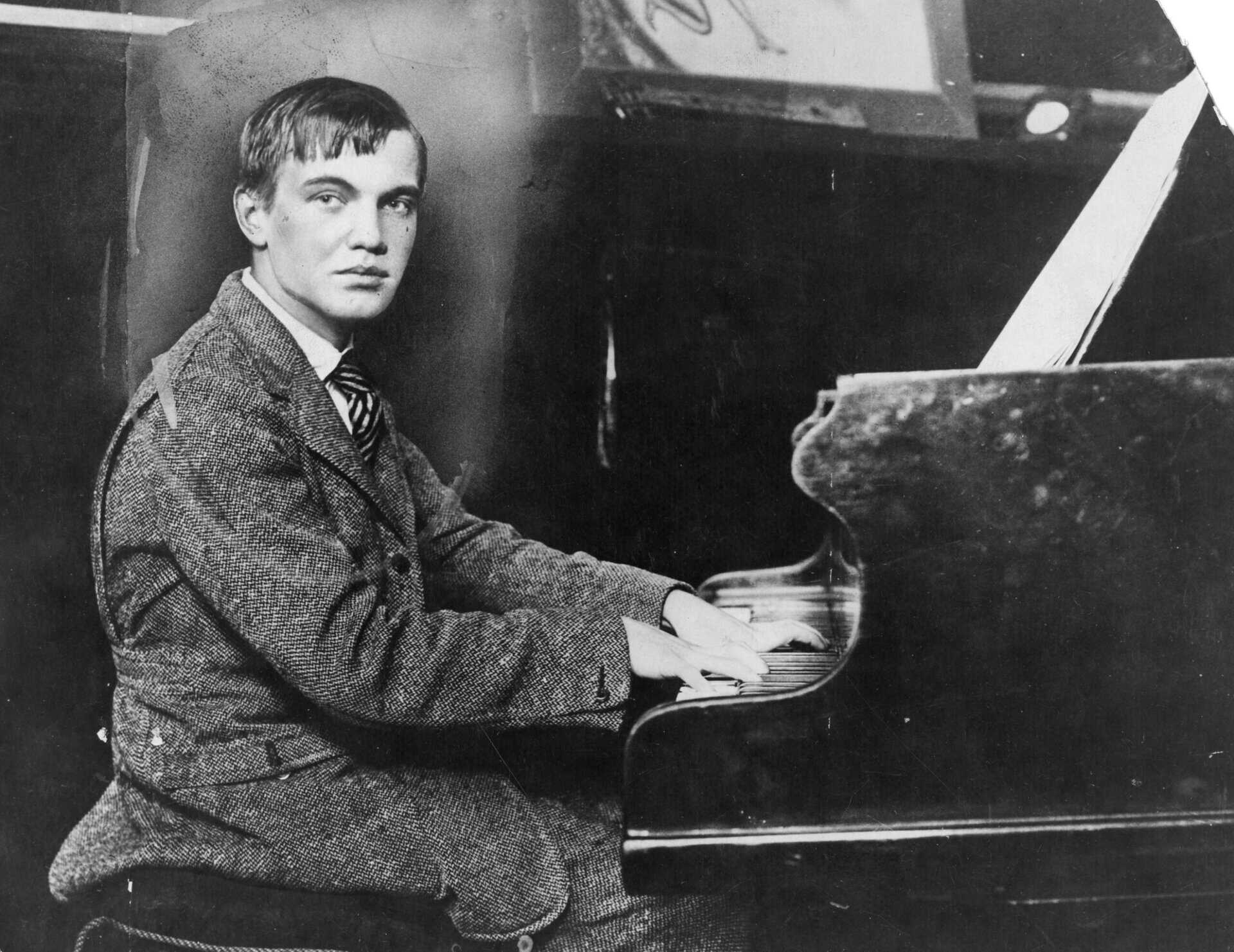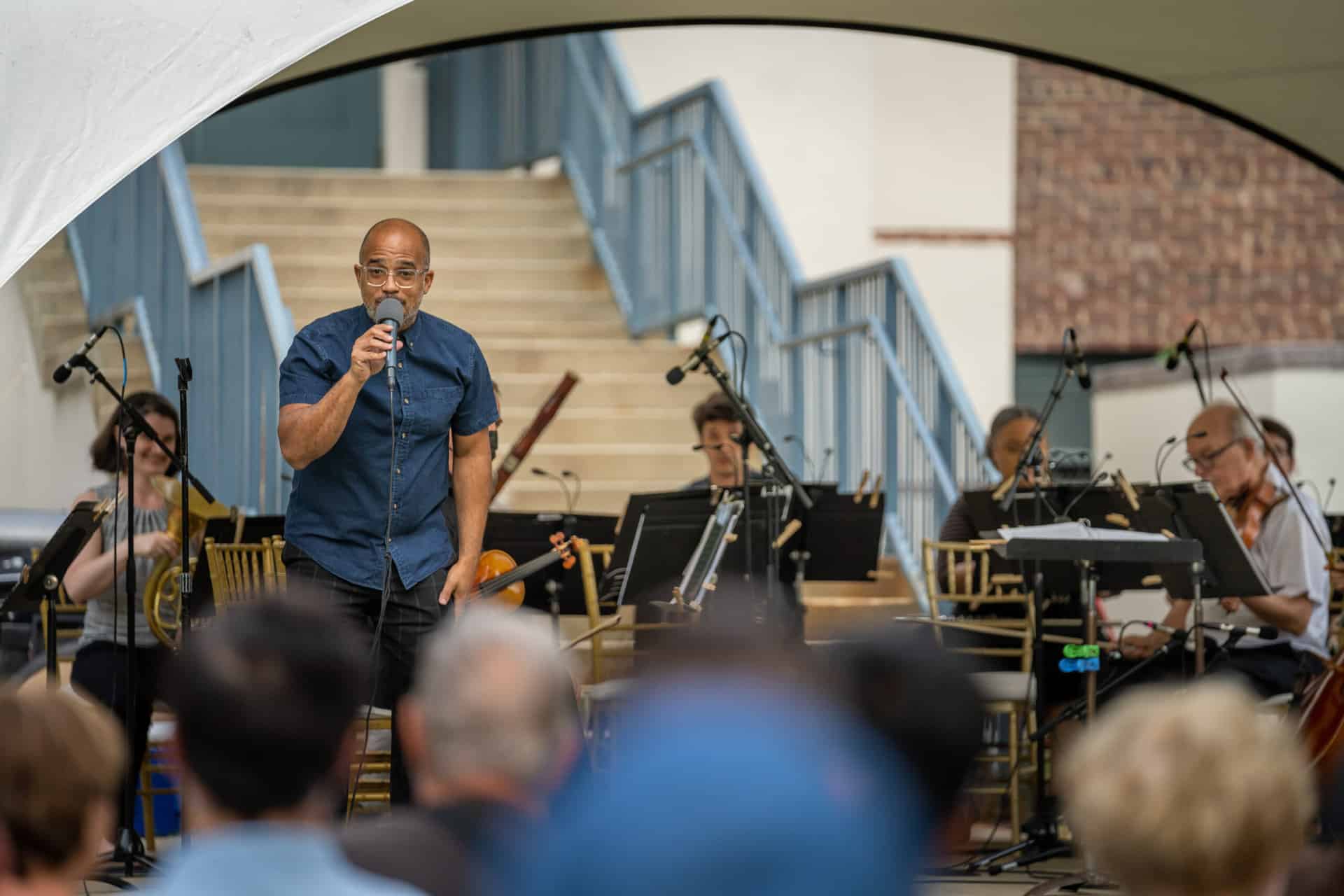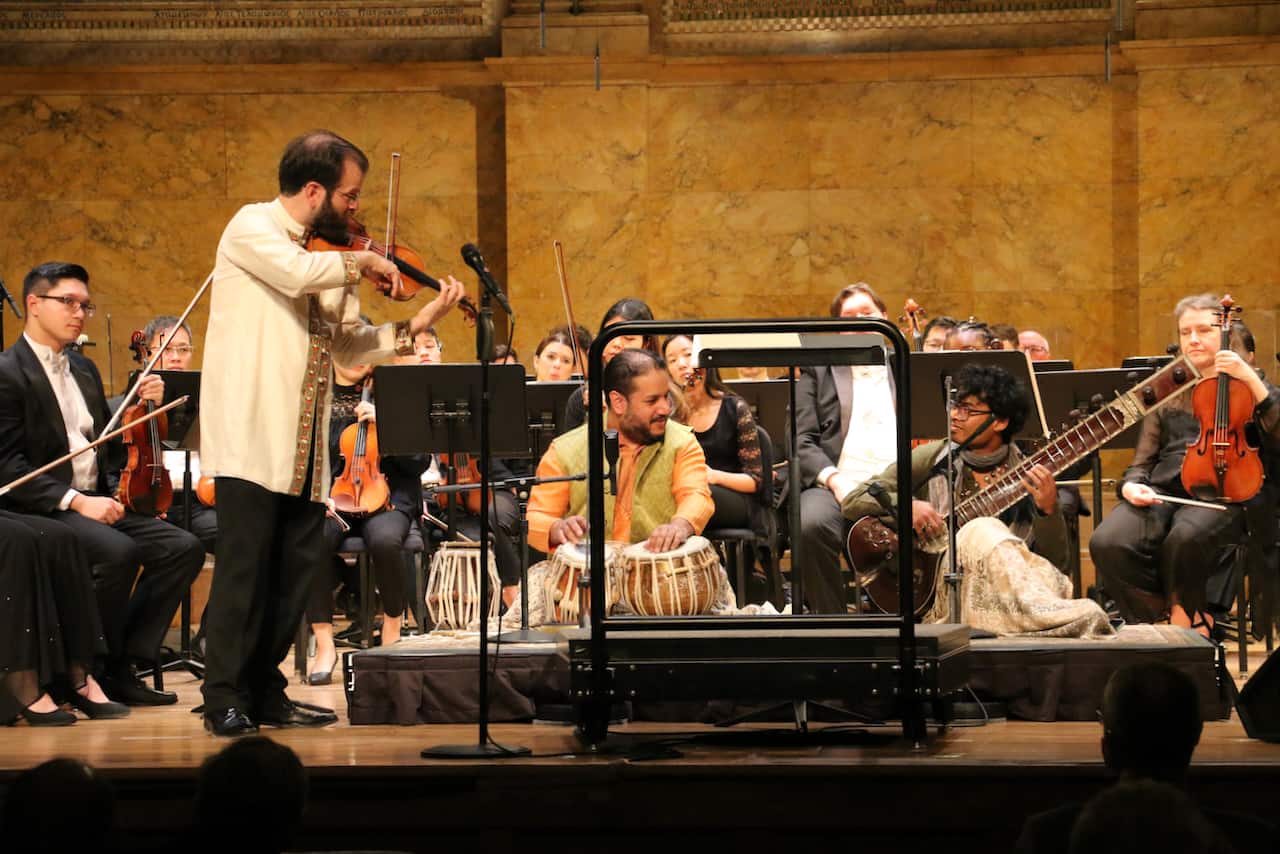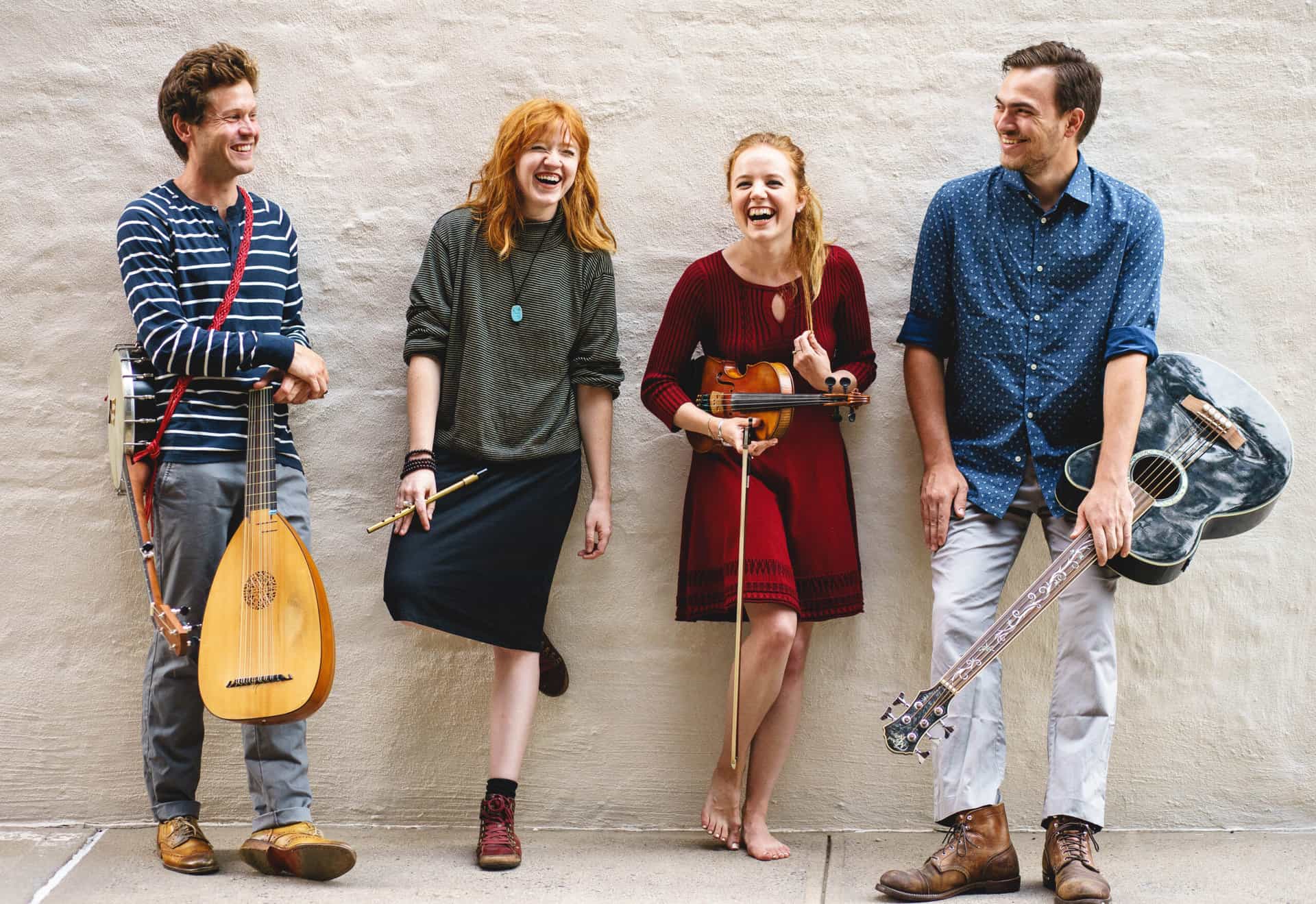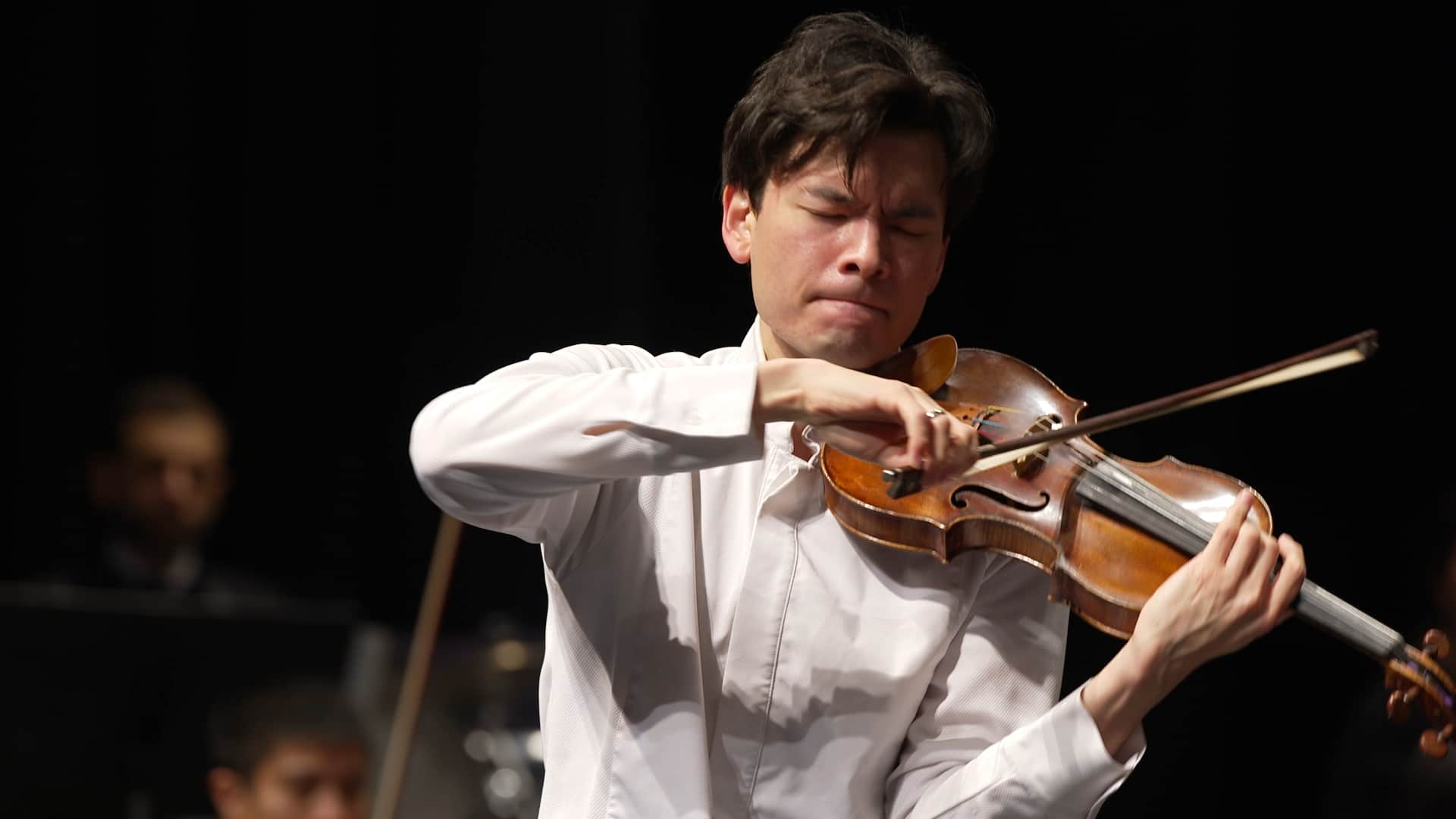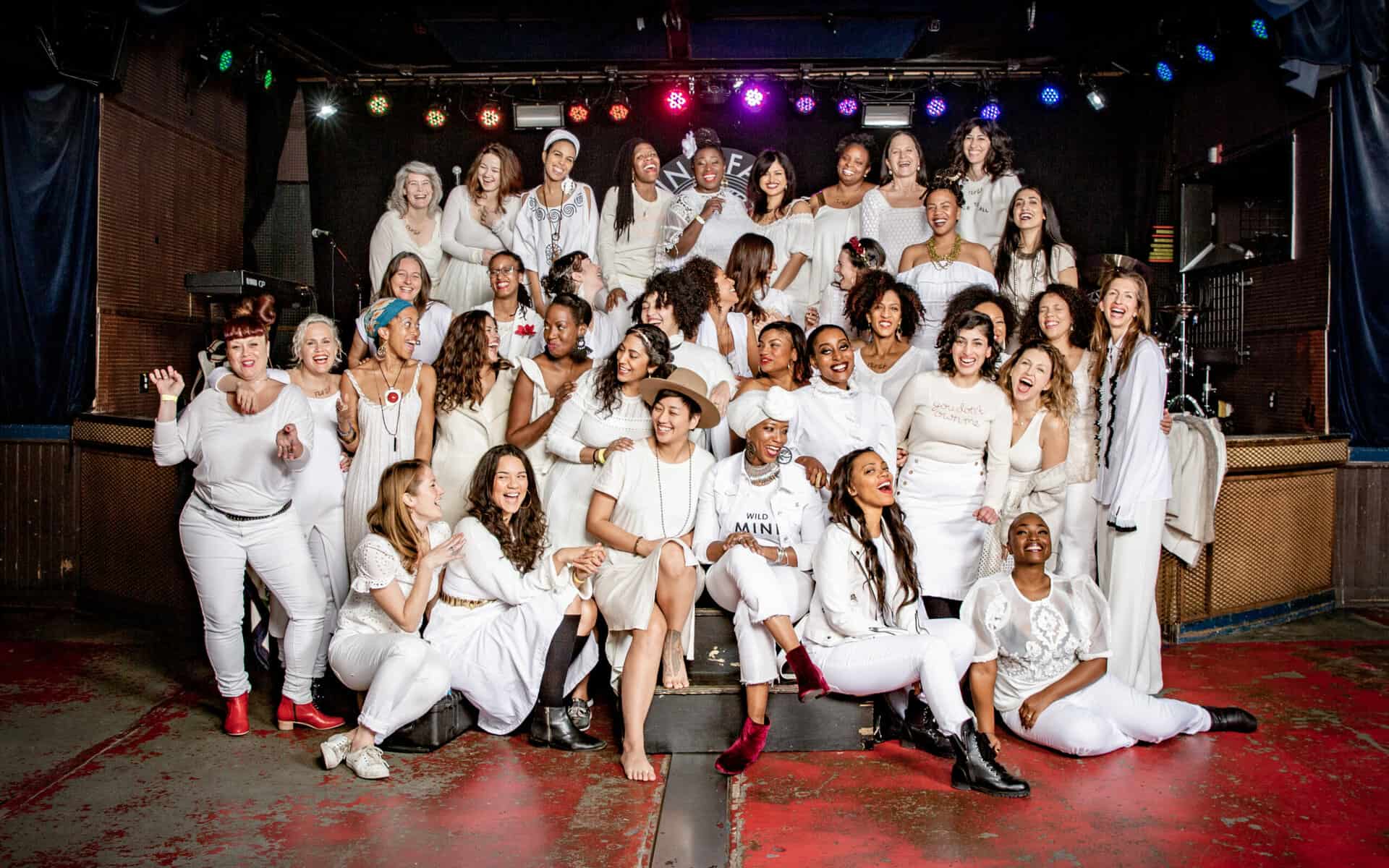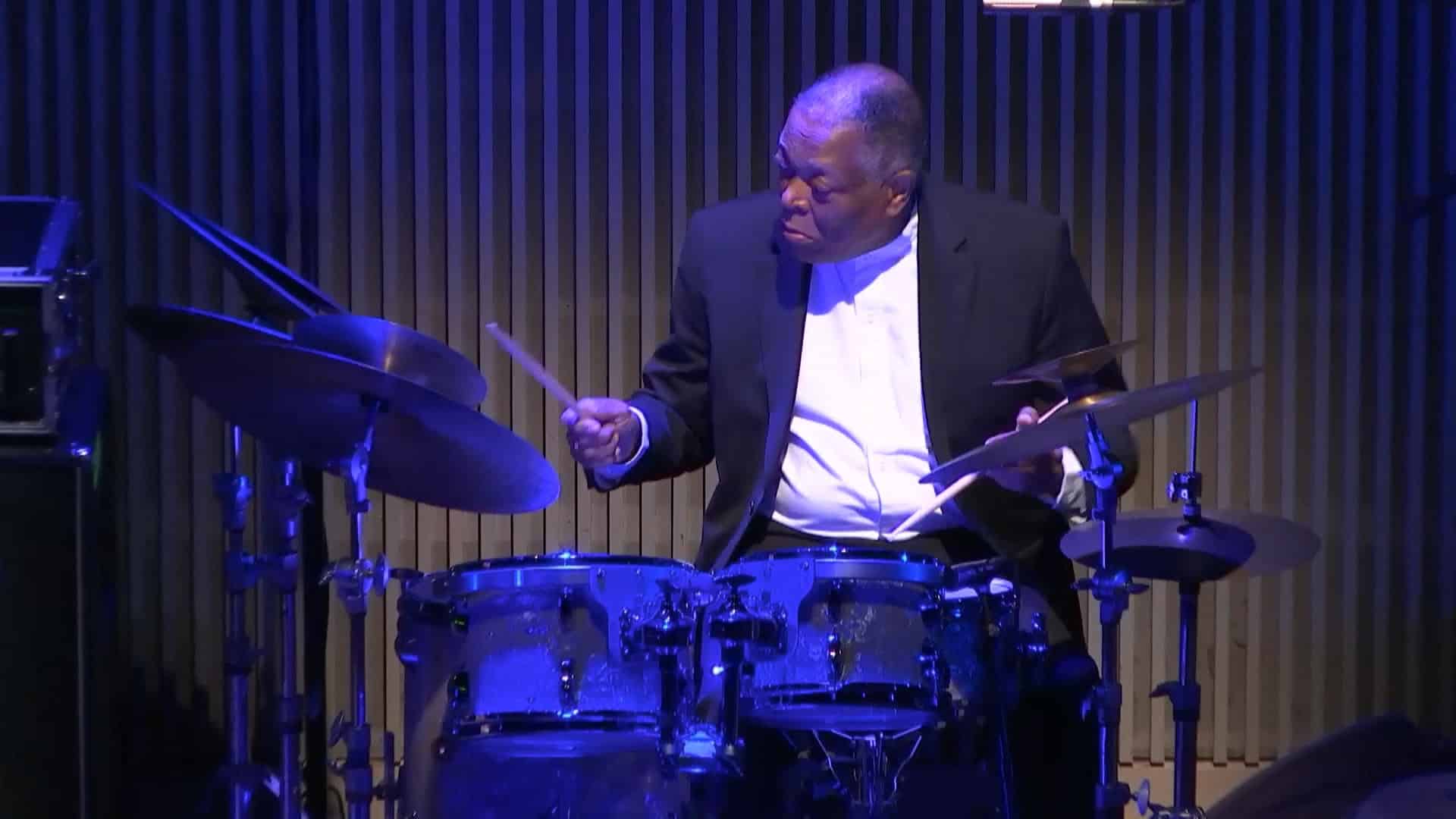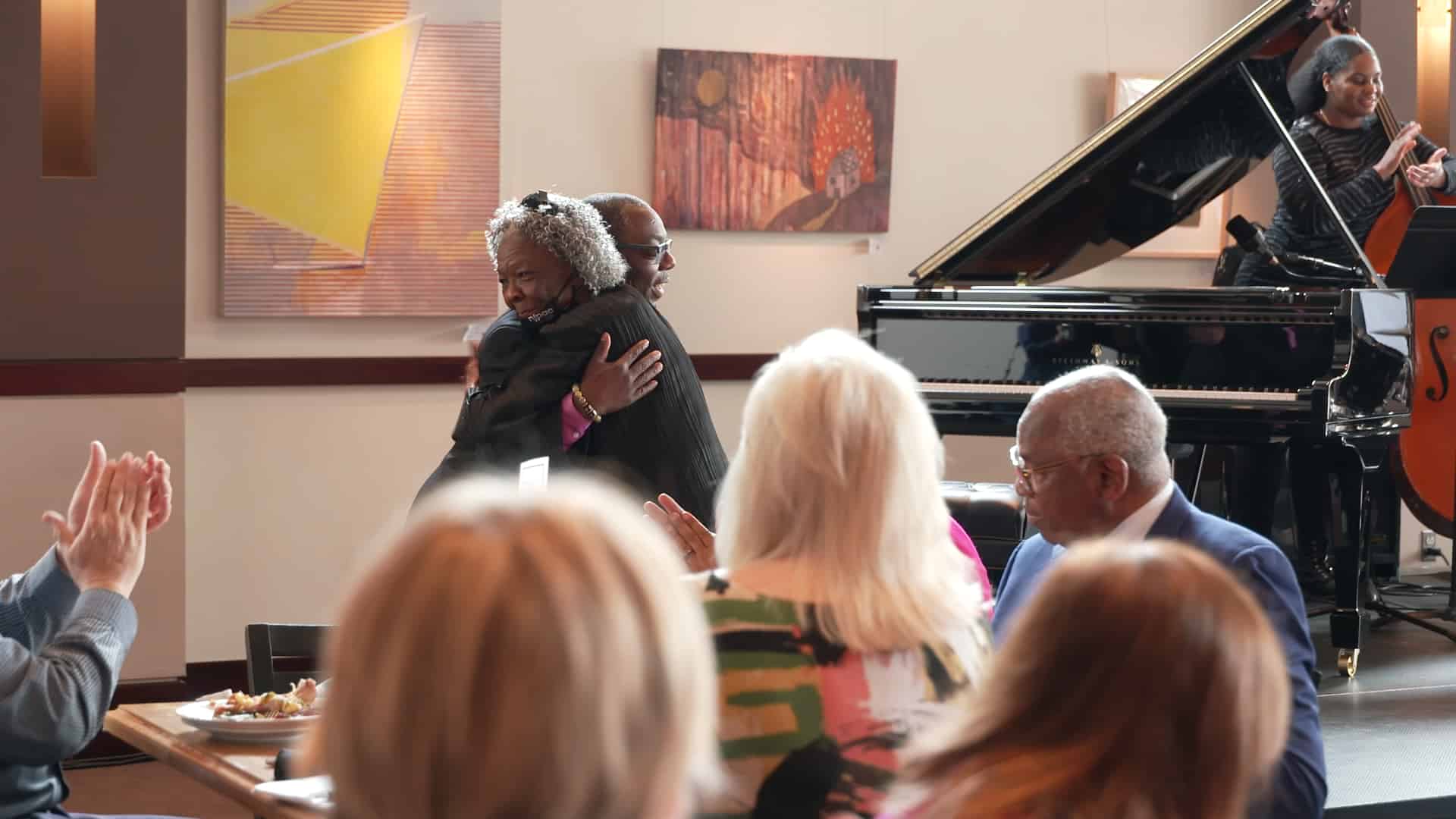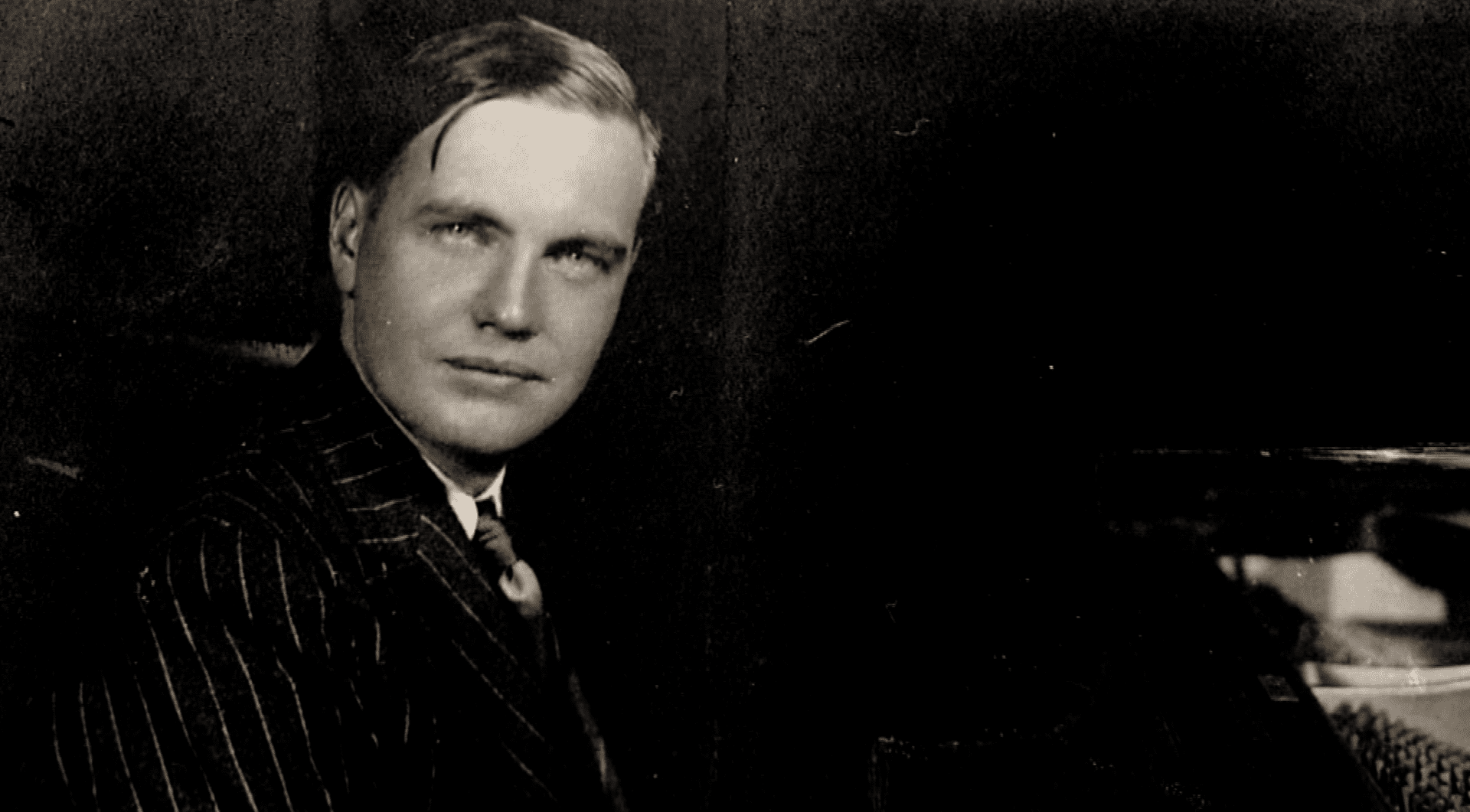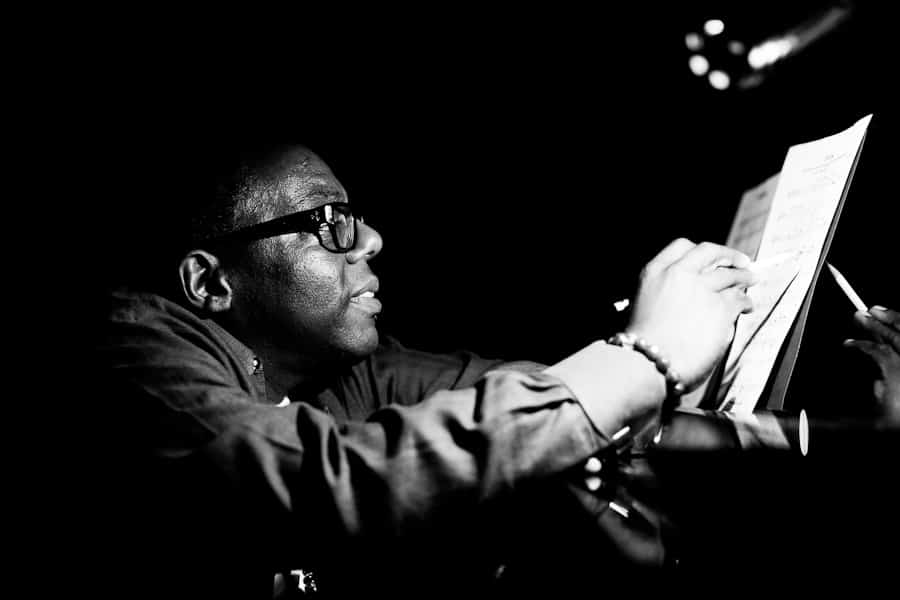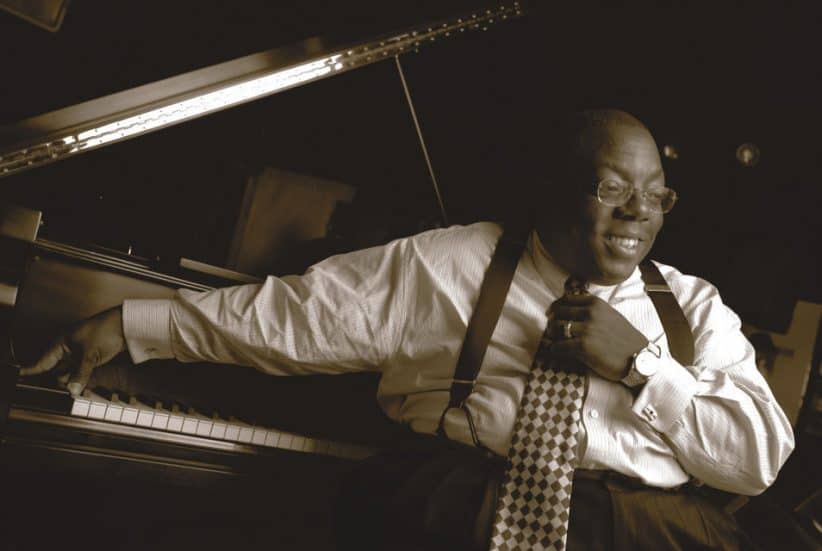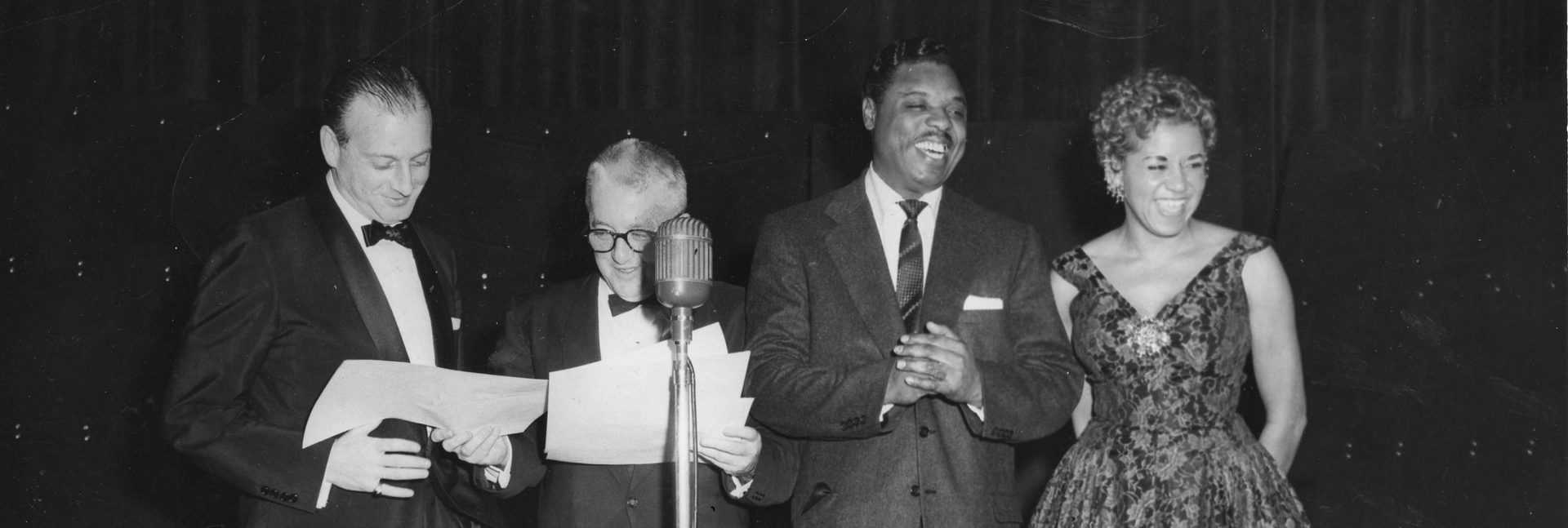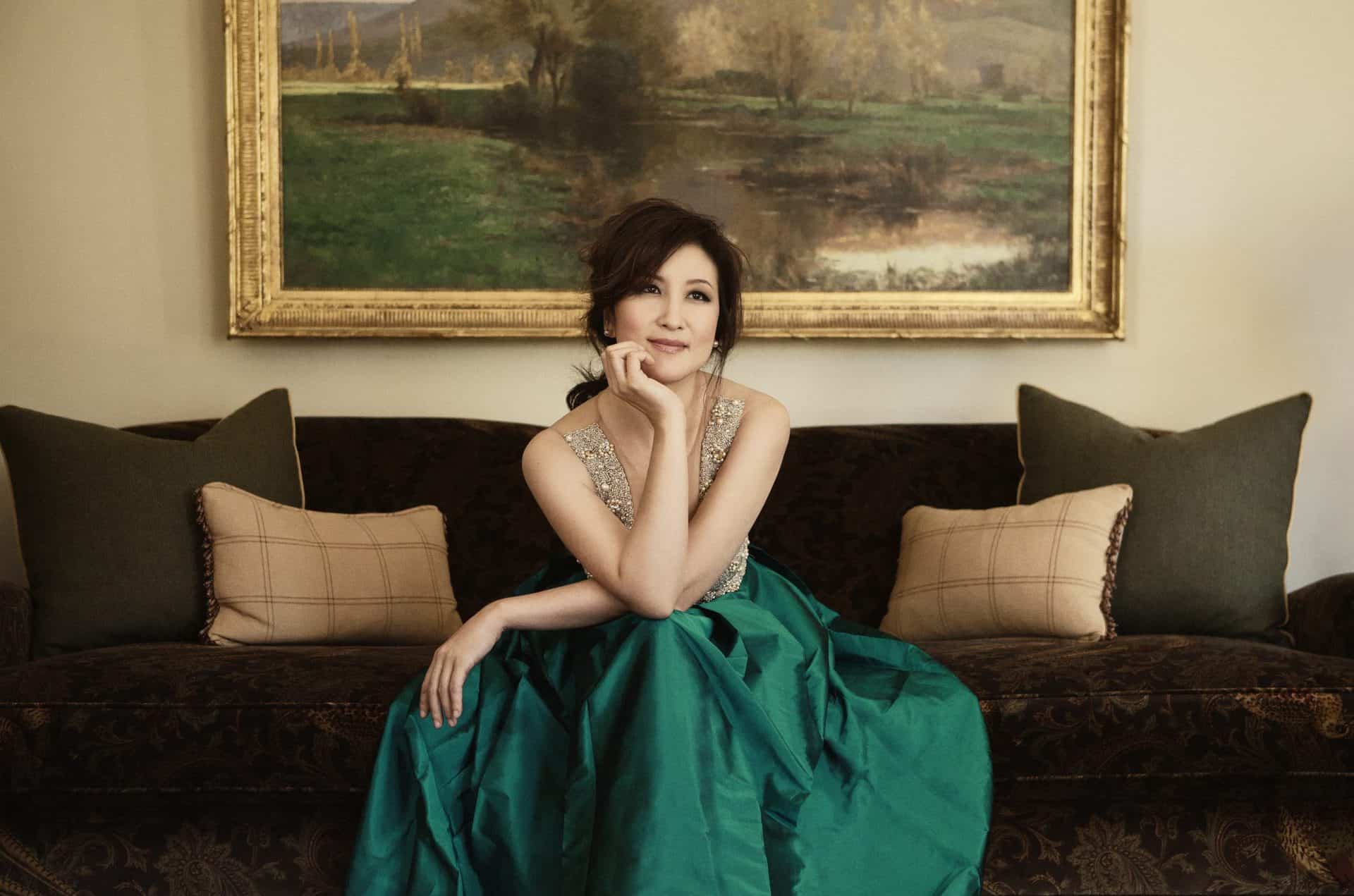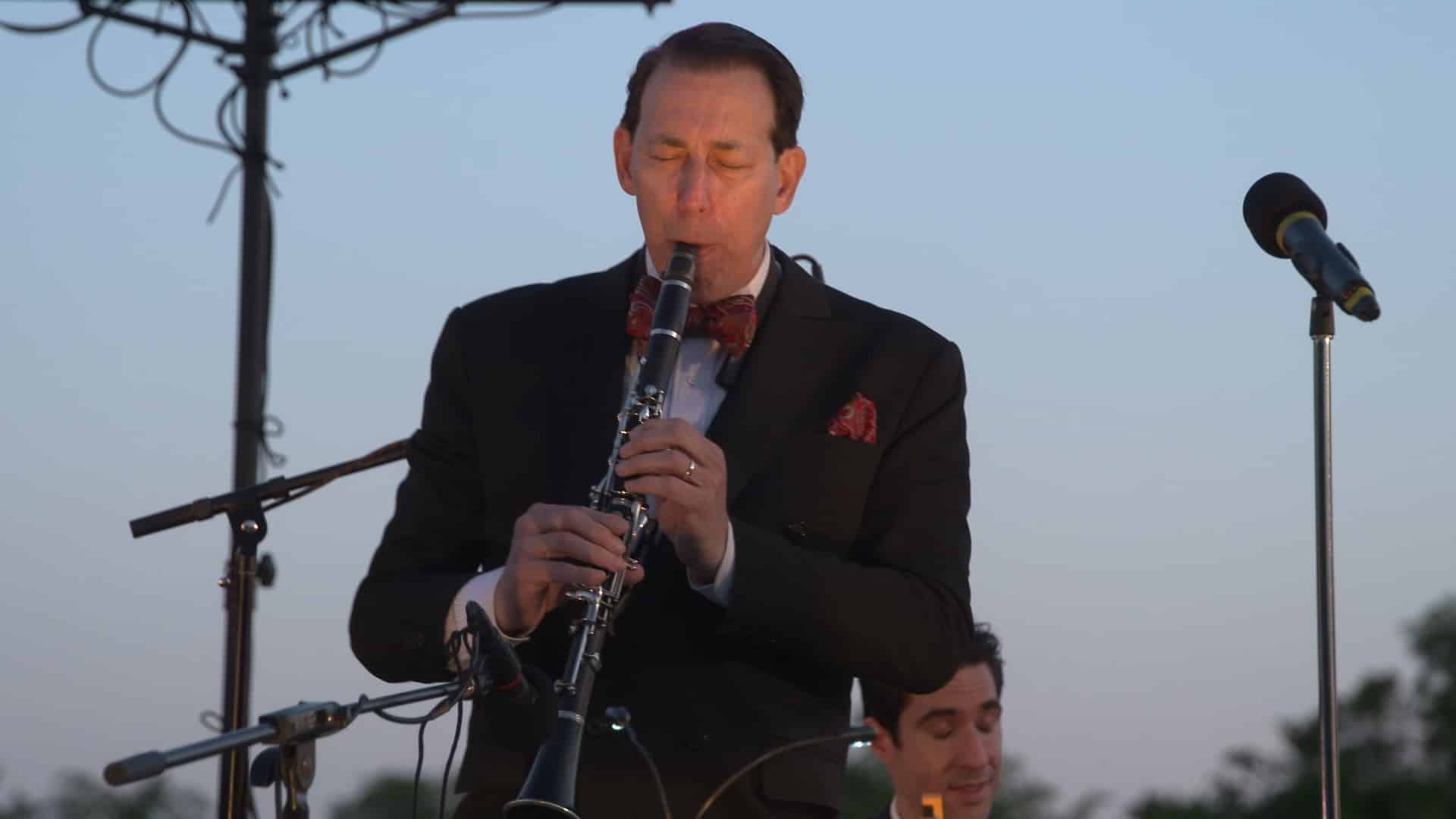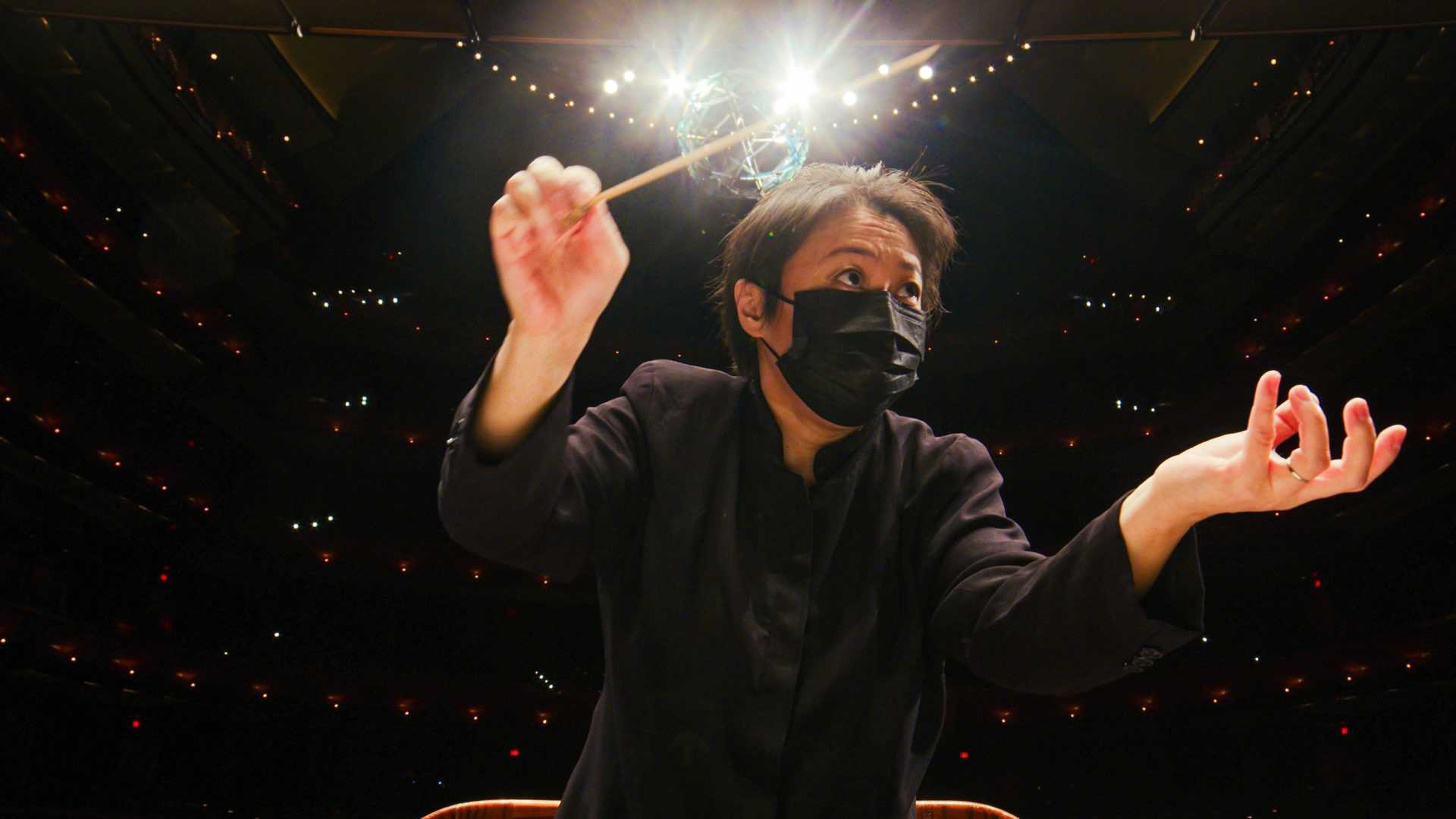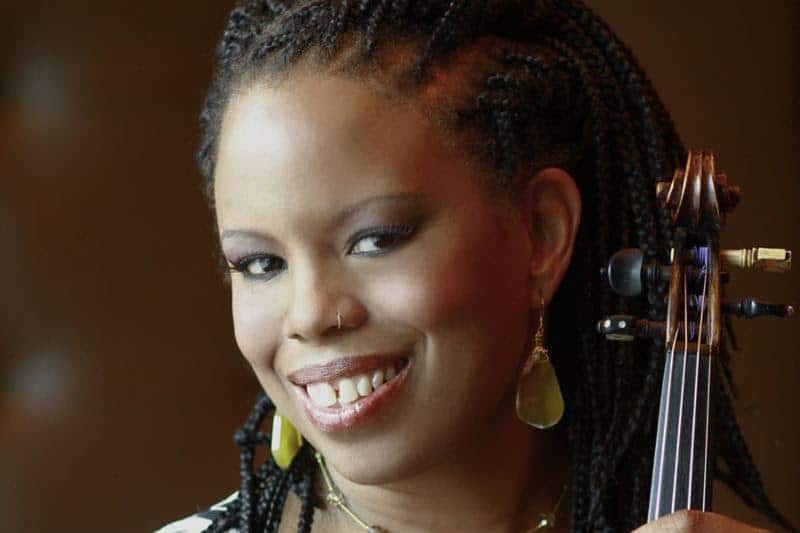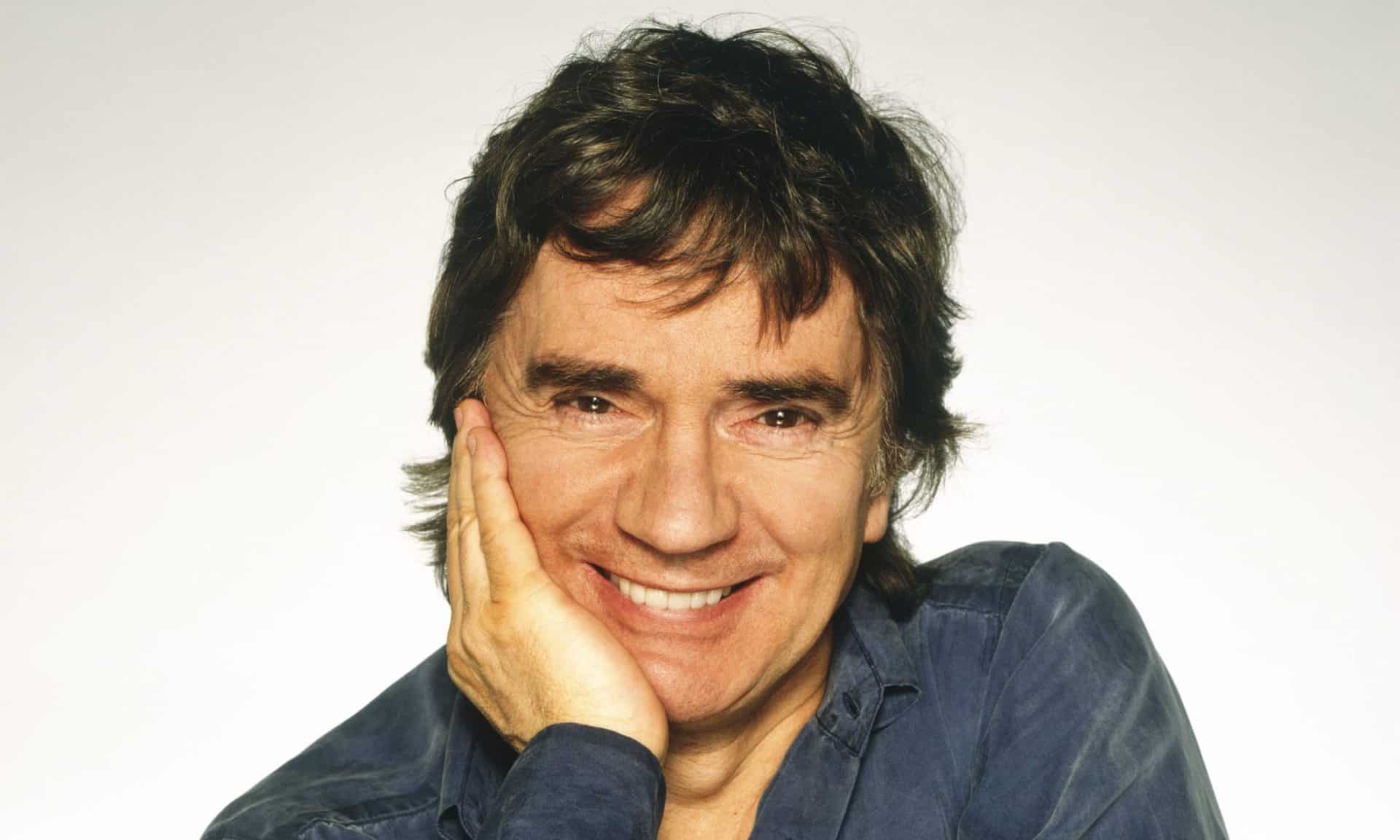Description
A Time for Bach is a film made in 1948 about the Bach Aria Group. The group was founded in 1946 by the eminent Princeton-based scholar and musician William H. Scheide, who also commissioned the film. For many years, the original print was thought to be missing. However, an original print of the film was recently discovered in the archives of the Museum of Modern Art!
The film was found while doing research for the PBS special Ode to Joy, a production of PCK Media (as is State of the Arts).
State of the Arts is pleased to include the entire 20-minute film, A Time for Bach, on on our website, so it can be seen in its original pristine form for the first time in many decades! We know that Bill Scheide would approve, as the music of Bach was one of his greatest loves in life.
Here’s a brief description of the film from Chapter 1 of the book A Time For Bach: The Story of the Bach Aria Group (1946-1996), by Sara Lambert Bloom
A Time for Bach was written by Marc Siegel and photographed by Boris Kaufman, with Baroque sequences drawn by Philip Stapp; it was produced, directed, and edited by Paul Falkenberg, all respected professionals of the day. With the Group’s newly gathered musicians making what was probably their first and last acting appearances (in alphabetical order: Julius Baker, flute; Robert Bloom, oboe; Jean Carlton, soprano; Norman Farrow, bass-baritone; Bernard Greenhouse, cello; Robert Harmon, tenor; Sergius Kagen, piano; Margaret Tobias, alto; Maurice Wilk, violin), the twenty-minute film begins with fanciful composites of eighteenth-century engravings animated by Stapp while Bach’s great C Major Fugue is heard, performed by the organist Carl Weinrich. Overlaid scrolls the written message: “Few periods in history could be more different in mood than the time of Bach and our own. The joy of living of baroque culture and a transcendent religious faith characterize Bach’s life and work.”


